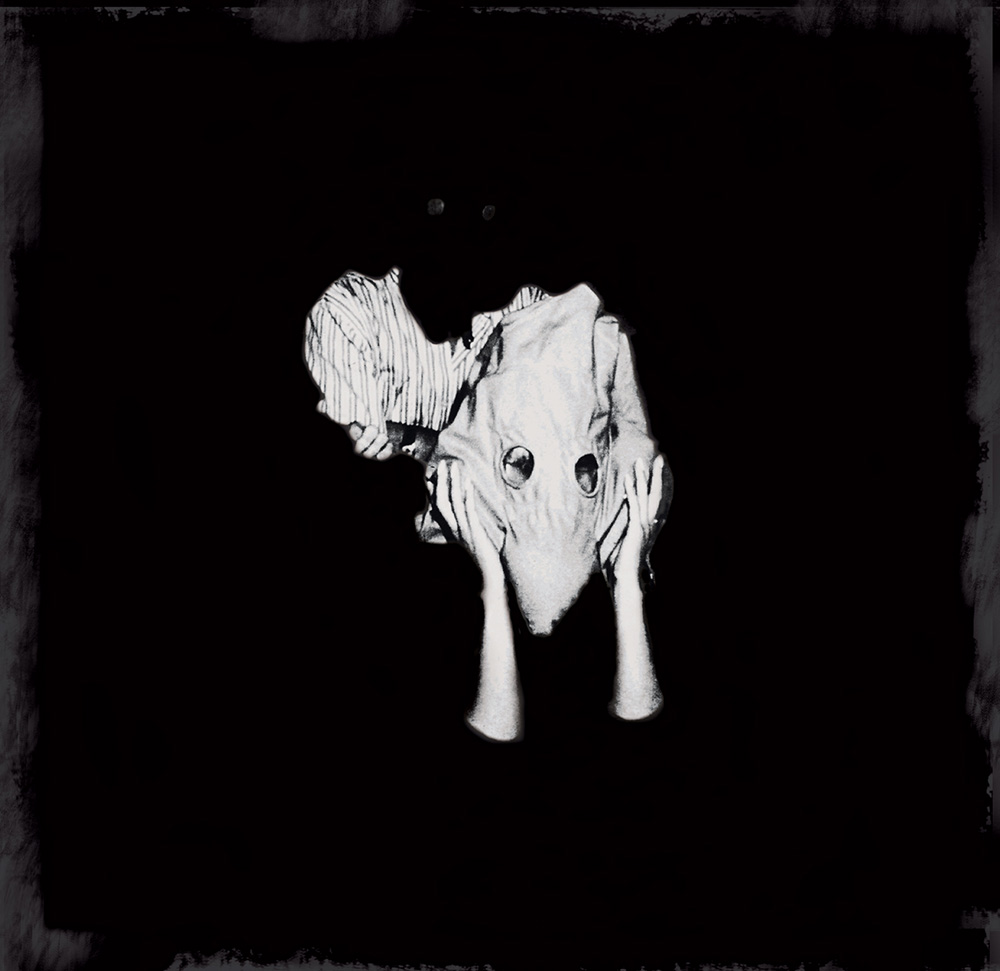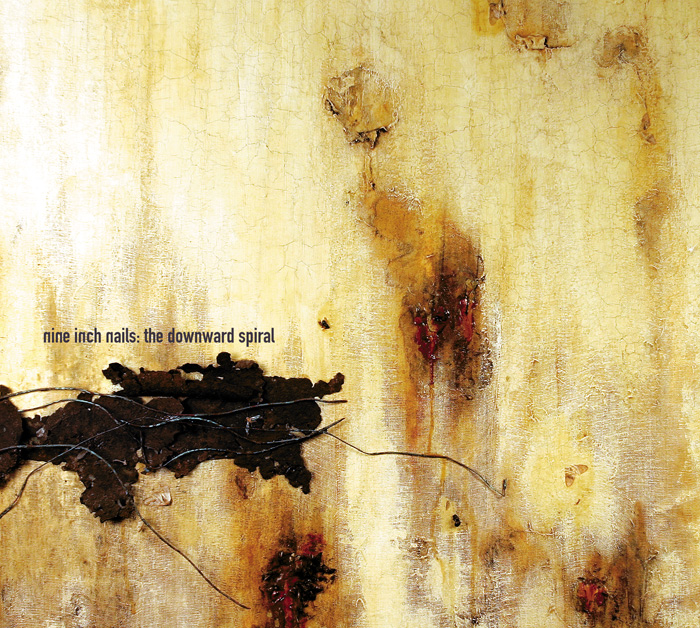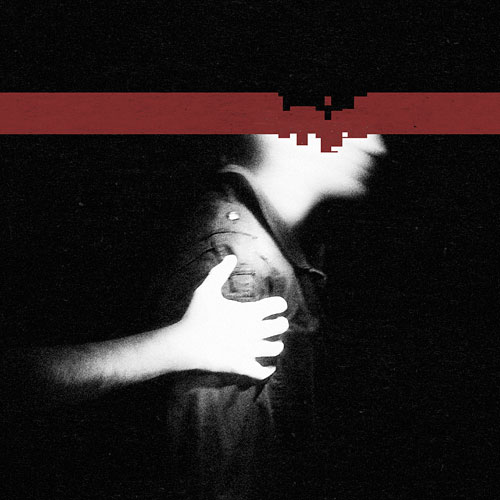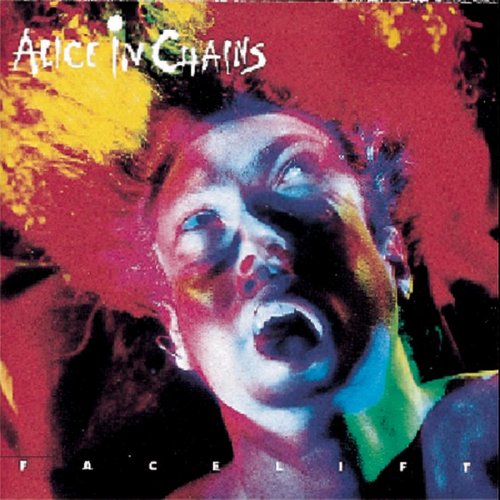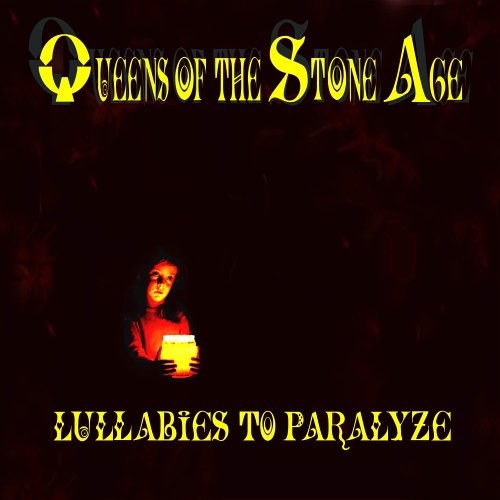Icelandic natives Sigur Ros –– often confused with being the Icelandic cover band of famed 90's outfit Sugar Ray –– recently released their seventh studio album, Kveikur. Like all things you read about Iceland on the internet, you're not sure whether you're looking at something written in Icelandic, or if the author had a stroke while typing. Regardless, listeners looking at Sigur's newest release have no problem asking themselves, "hvað í fjandanum er ég að horfa á." Despite the undarlegt cover, Sigur Ros's Kveikur is sure to be your favorite Icelandic import of the year (next to pönnukaka of course!).
Iceland seems to only be in the news when they start to inconvenience the rest of the world: the 2010 volcanic eruptions that left thousands of European travelers stranded at airports; every time Bjork performs at a large-scale music event and wears a swan. Bottom line: Iceland is one big #FirstWorldProblem. So it comes at a surprise when the rest of the world begins to react positively to an Icelandic band like Sigur Ros, especially since the band sings most of their songs in Icelandic –– yes, that's Icelandic, not your CD player playing backwards. Other than being from a place that celebrates New Year's by setting shit on fire – in America, we call that the Los Angeles Lakers winning – Sigur Ros is known for their outrageous album covers and Kveikur definitely does not fall short.
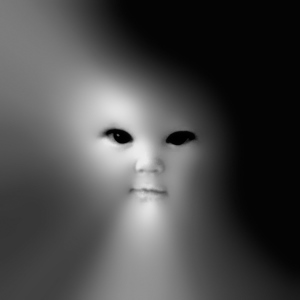 |
| Perspective matters. |
Have you ever been looking for something in your attic and accidentally come across your mom's old antique doll collection? Well imagine that same feeling when looking for Sugar Ray's 1997 classic Floored but come across this terror instead. Keeping in line with baby-themed album covers, Sigur Ros released their second album, Ágætis byrjun, featuring a praying winged-fetus with either a huge shlong or his small intestine where his umbilical cord should be.
Judging by the shape of its head, the baby either has fetal alcohol syndrome or it's really just a creature from Alien. A band hadn't shown this much interest in young children and infants since Gary Glitter in the 70's. After experimenting with babies and fetuses, the band decided to strip down and let their pylsas hang out on 2008's Með suð í eyrum við spilum endalaust.
First floating fetuses and now flying phallics – this band has established themselves as a force that refuses to chaff. As long as you apply baby powder and/or lotion, Kveikur is sure to continue this trend.
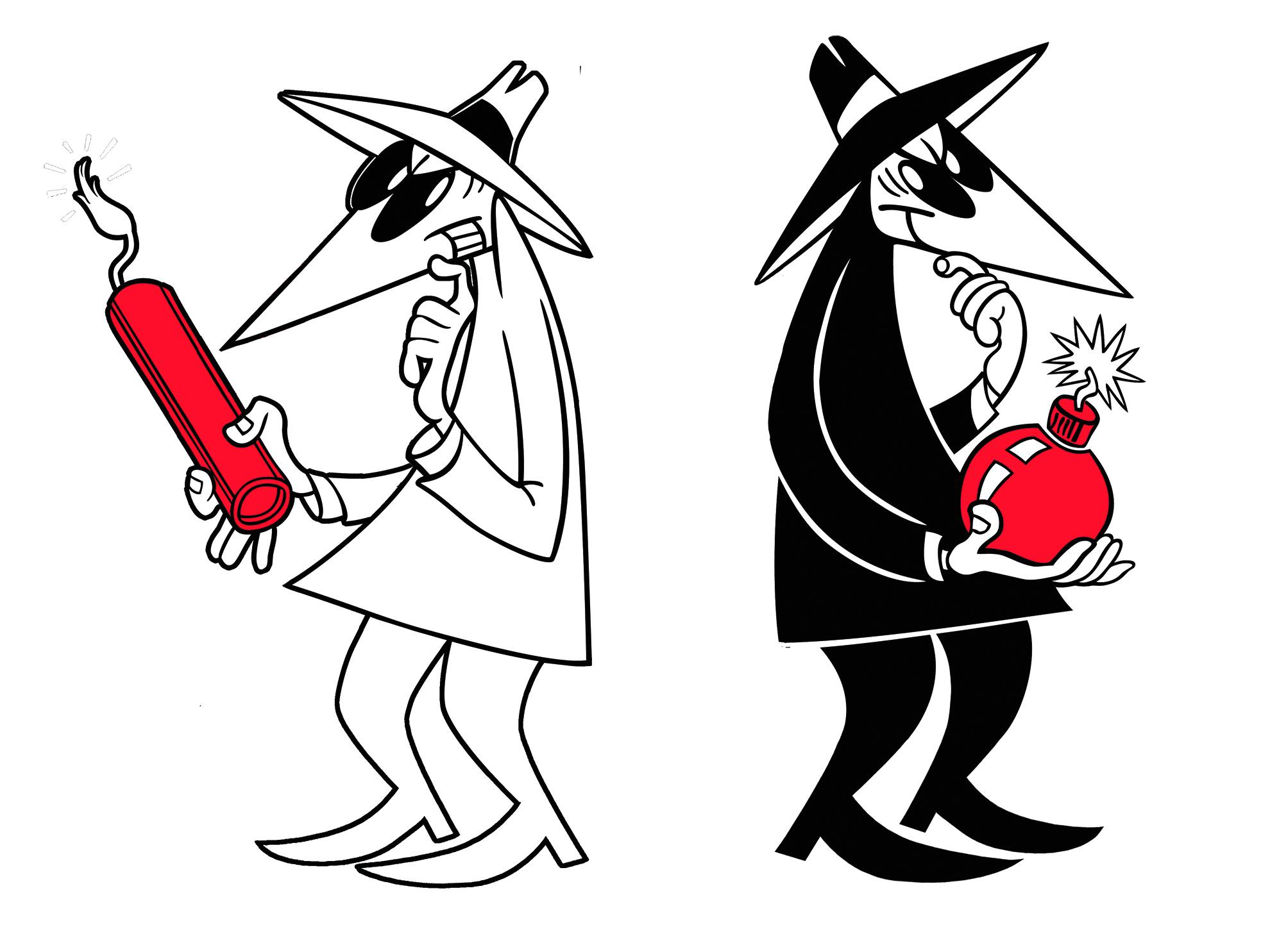 The design element of Kveikur shares a few similarities with Von – heavy black and white tones, unused space, extremely frightening image centered on the cover. At first glance, it looks as if a white-hooded person is being attacked by a black-hooded person. Maybe it's some type of social Icelandic commentary on the KKK? More likely though, it's just another classic scene from MAD Magazine's Spy vs. Spy (the White Spy is always so oblivious to what the Black Spy is up to – but I wouldn't be surprised if he's got a bomb hidden under his skyrta!). Whatever the case, one thing's for certain: you better hope this isn't hiding behind any copies of Sugar Ray's timeless socio-environmental album about an endangered breed, Music for Cougars, at the music store or you're in for another shock.
The design element of Kveikur shares a few similarities with Von – heavy black and white tones, unused space, extremely frightening image centered on the cover. At first glance, it looks as if a white-hooded person is being attacked by a black-hooded person. Maybe it's some type of social Icelandic commentary on the KKK? More likely though, it's just another classic scene from MAD Magazine's Spy vs. Spy (the White Spy is always so oblivious to what the Black Spy is up to – but I wouldn't be surprised if he's got a bomb hidden under his skyrta!). Whatever the case, one thing's for certain: you better hope this isn't hiding behind any copies of Sugar Ray's timeless socio-environmental album about an endangered breed, Music for Cougars, at the music store or you're in for another shock.
